When you think of traditional Japanese clothing, the first thing that likely comes to mind is the kimono. Elegant and timeless, kimono is a symbol of Japan’s rich cultural heritage. But did you know that the kimono as we know it today originated during the Heian Period (794–1185)?
In this article, we’ll explore the history of kimono, its various types, and when Japanese people wear this beautiful garment in modern times.
The History of Kimono: A Timeless Japanese Tradition
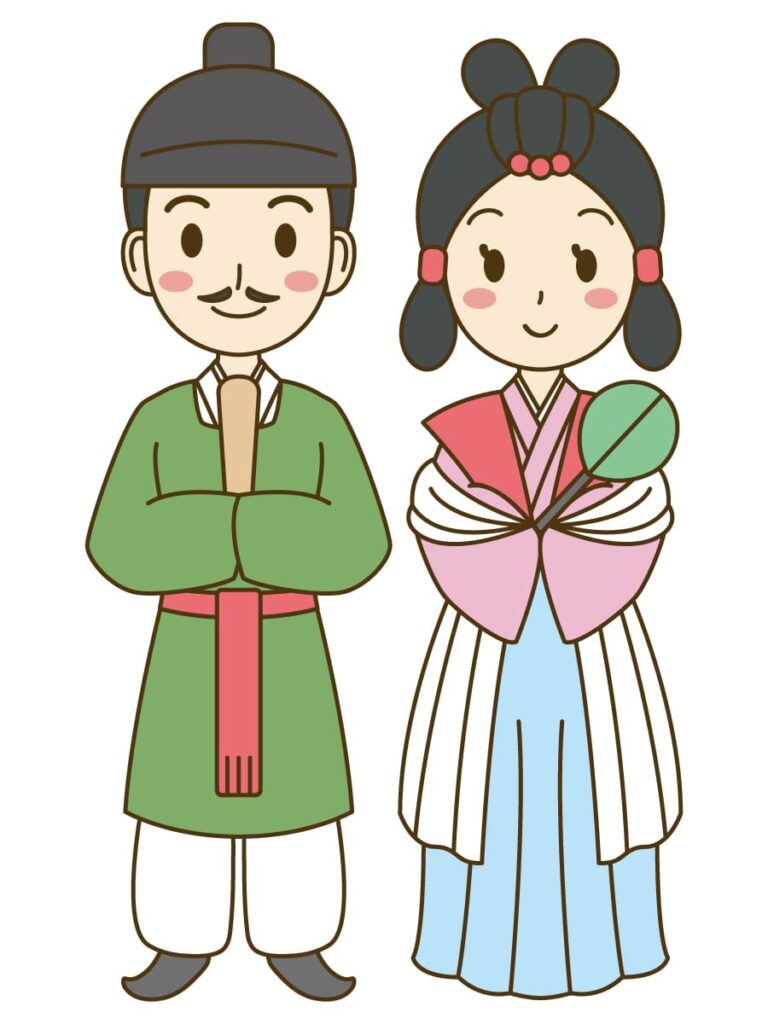
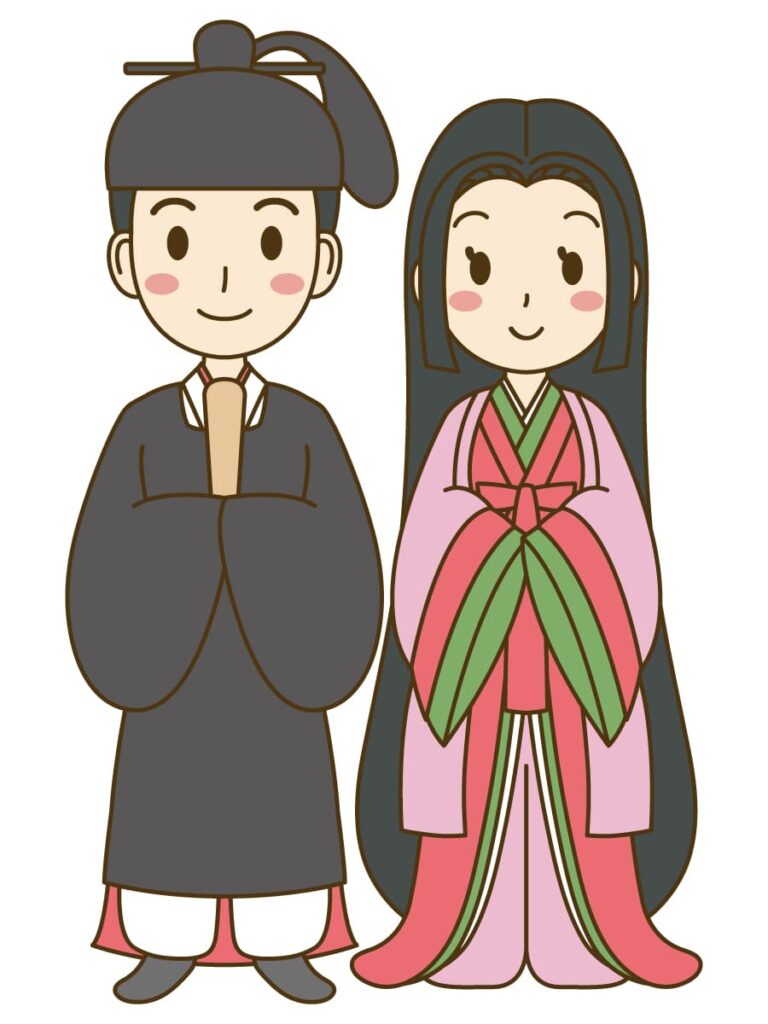
The word “kimono” simply means “thing to wear,” but its evolution tells the story of Japan’s aesthetic and cultural history. During the Heian Period, the layered and intricate style of kimono gained prominence, marking the start of its development into the attire we recognize today. Over the centuries, the kimono has remained a symbol of tradition, elegance, and craftsmanship.

If you are interested in Men’s Kimono,
please check the article below.
Types of Kimono and Their Features
Kimono comes in many styles, each suited for specific occasions and meanings.
Here are 12 main types and their characteristics:
Uchikake
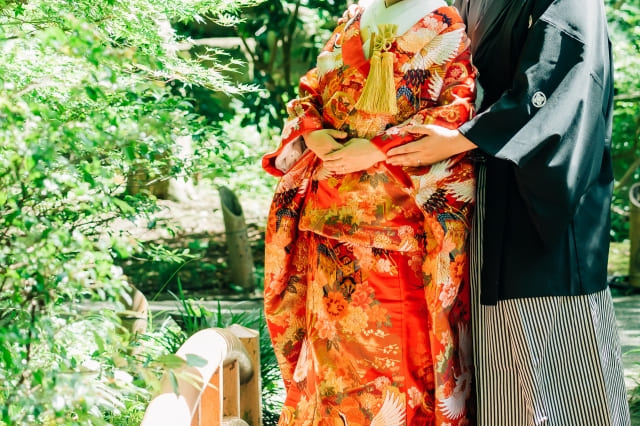
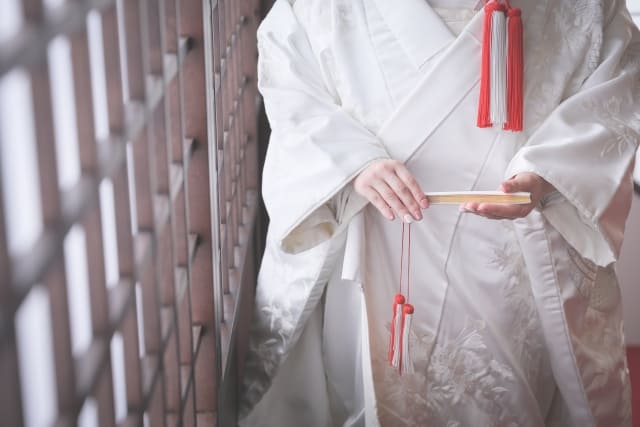
A bridal kimono worn at weddings.
This includes white uchikake and colorful uchikake adorned with intricate embroidery.
If you want to know about Japanese style wedding, check the article below!
Kuro-montsuki
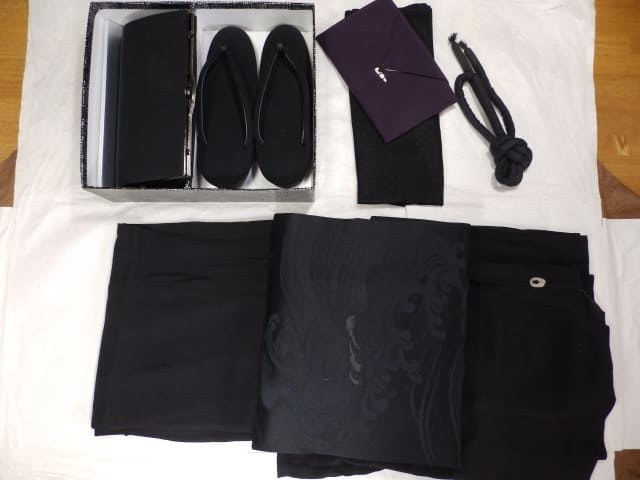
Formal mourning attire worn by bereaved families at funerals. This black kimono features five family crests on the back, both sleeves, and chest, with no decorative patterns.
Kuro-tomesode
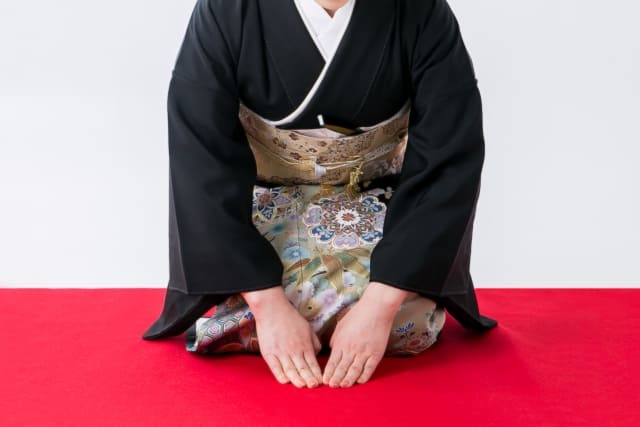
The most formal kimono for married women.
This black kimono includes five family crests and is reserved for prestigious events like weddings.
Iro-tomesode
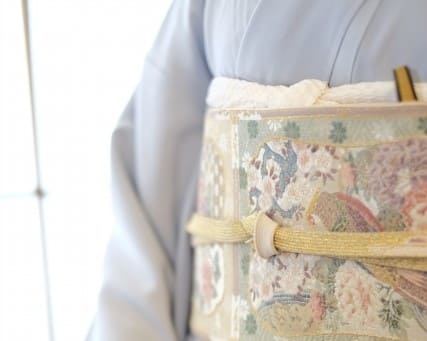
Similar to kuro-tomesode, but in vibrant colors instead of black. It is a formal kimono suitable for married and unmarried women alike.
Furisode
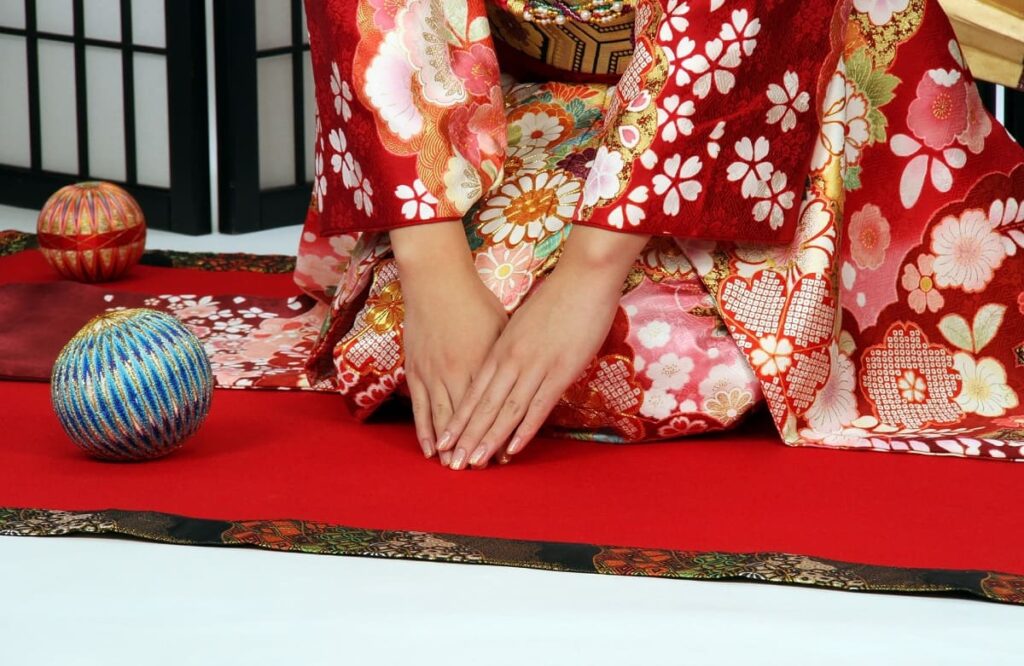
Recognizable by its long, flowing sleeves, furisode is the most formal kimono for unmarried women and is commonly worn at coming-of-age ceremonies.
Houmongi
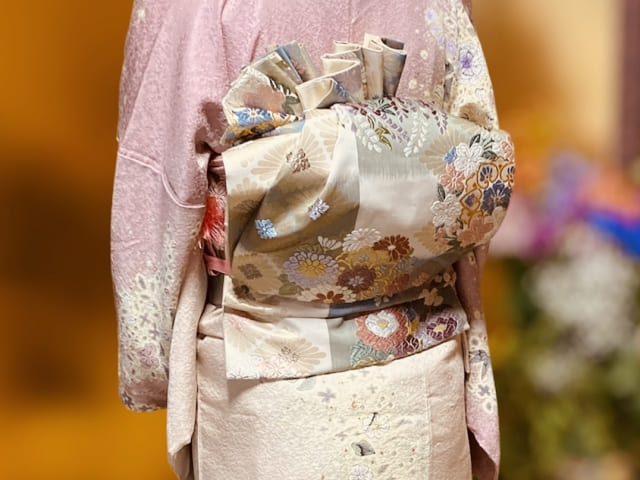
A semi-formal kimono with continuous patterns from the shoulders to the hem. It is suitable for both married and unmarried women at events like weddings and parties.
Tsukesage
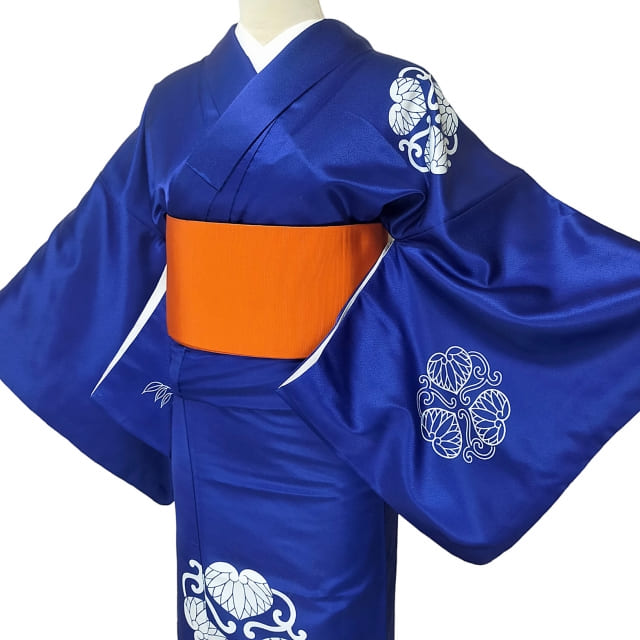
Slightly less formal than houmongi, this kimono is distinguished by its modest patterns placed on the left shoulder.
Iro-muji
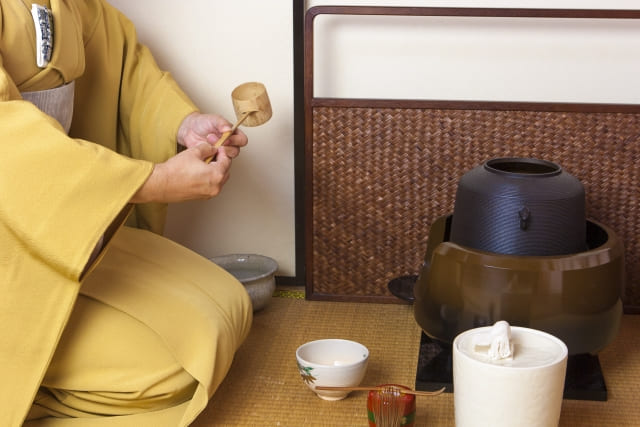
A solid-colored kimono available in shades other than black. Adding a family crest elevates it to the same level of formality as houmongi.
Komon
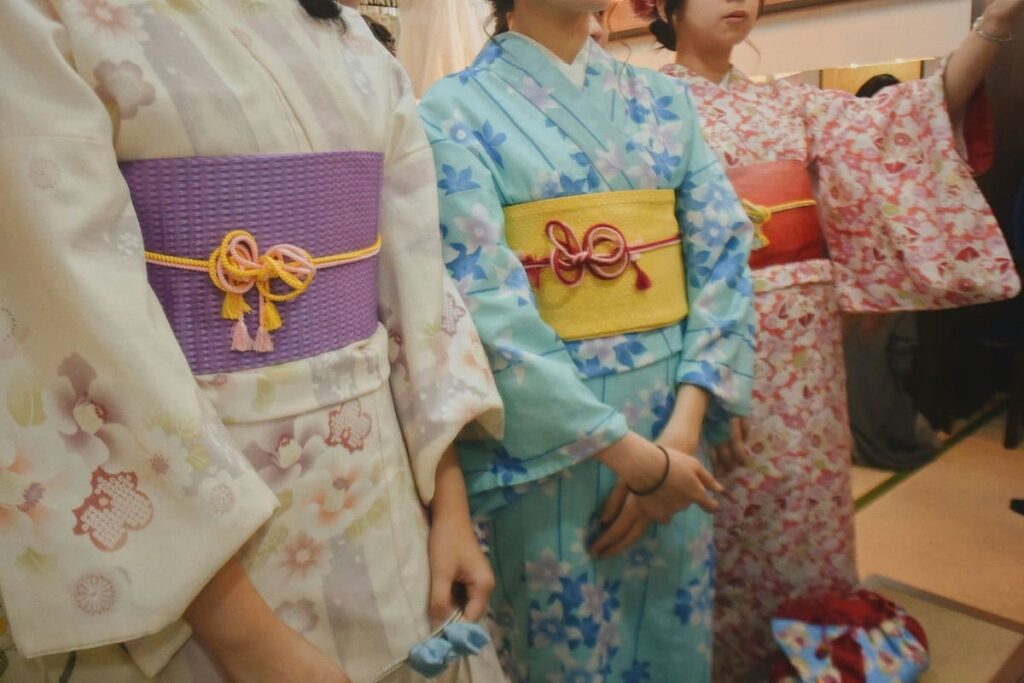
A casual kimono featuring small, repeated patterns. It’s ideal for outings like theater visits or casual gatherings.

I love Komon!
Tsumugi
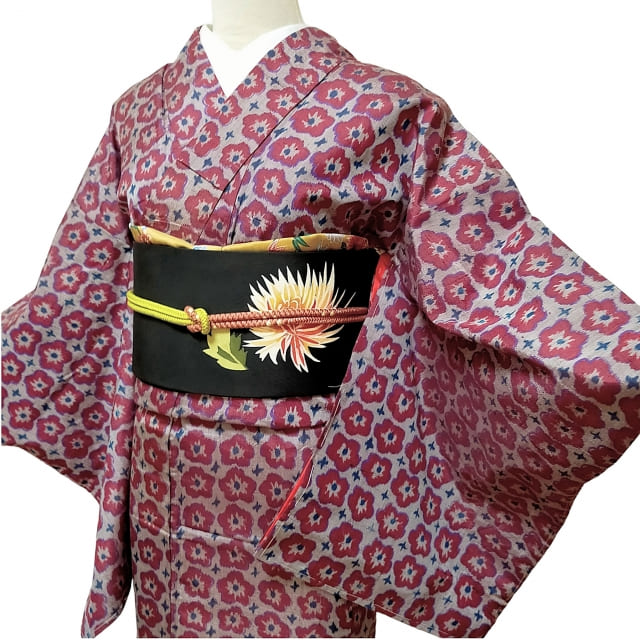
Made from hand-spun yarn, tsumugi is durable and perfect for everyday wear.
Yukata
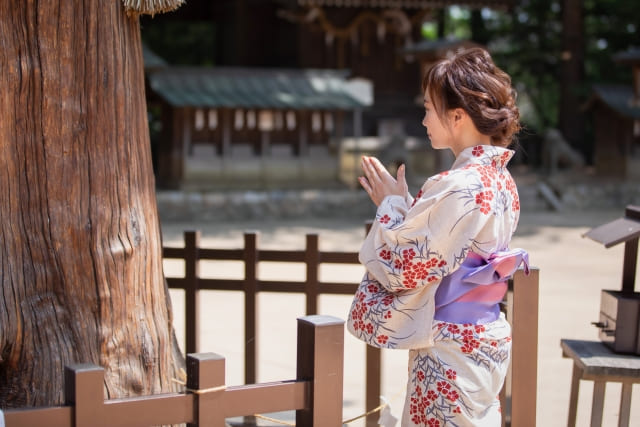
The most casual kimono, typically worn during summer festivals. Unlike formal kimono paired with tabi socks and zori sandals, yukata is worn barefoot with geta.
When Do Japanese People Wear Kimono Today?
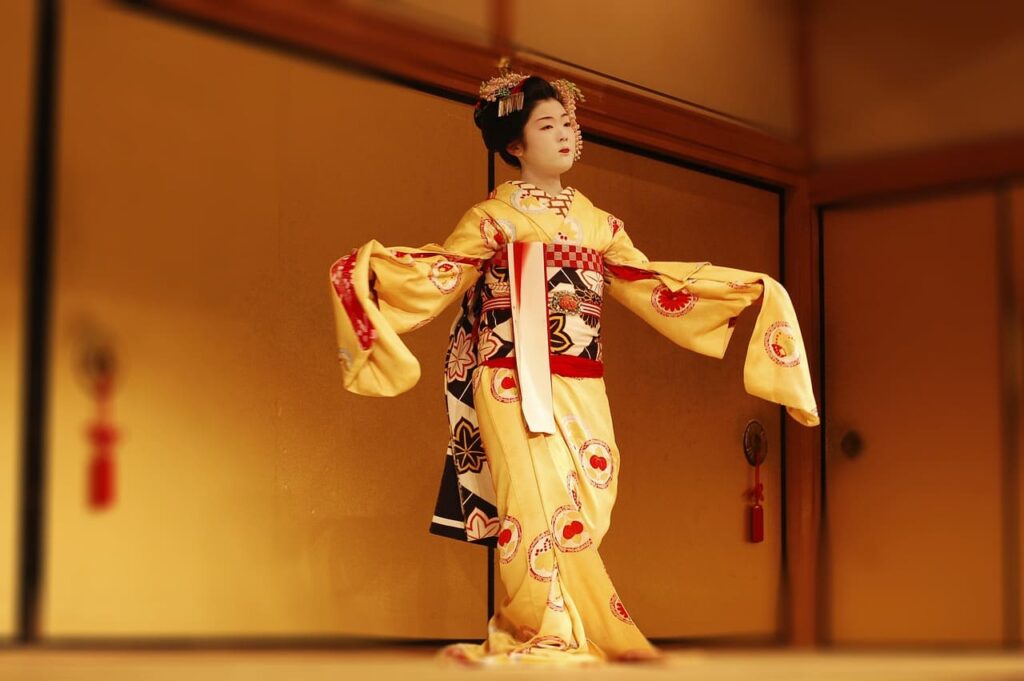
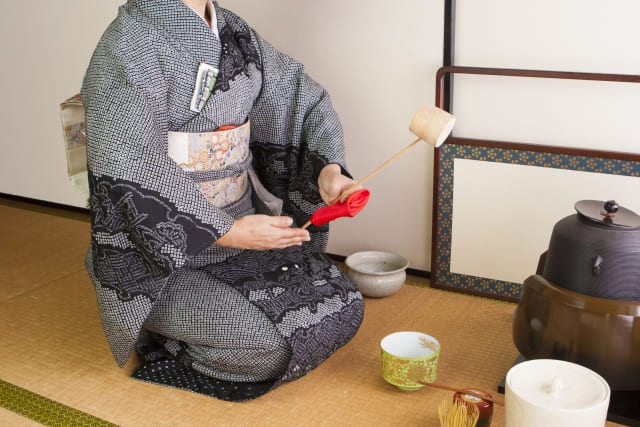
In modern Japan, opportunities to wear kimono are fewer, but it still holds cultural significance during special occasions. Common times when people wear kimono include:
| Weddings | Brides often wear elegant white or colorful uchikake, while family members may wear formal tomesode. |
| New Year’s Day | A time to celebrate tradition, many choose to wear kimono for shrine visits or family gatherings. |
| Traditional Arts | Performers and attendees of kabuki theater, Japanese dance, and tea ceremonies often wear kimono. |
| Summer Festivals | Yukata, a simpler and more casual garment, is widely worn at fireworks displays and summer events. |
While kimono are less common in daily life today, the beauty and craftsmanship of this traditional attire continue to inspire people around the world.

We wore kimono for our wedding, too!
This is our wedding picture!


Otsuki chose a red Uchikake.
Japanese Kimono Q&A
- QWhy is kimono so expensive?
- A
The high price of kimono reflects the craftsmanship involved in weaving, dyeing, and embroidery, as well as the use of high-quality fabrics like silk.

Here’s a reasonable and washable kimono.
This store has Global Shipping Guidance page !
Enjoy shopping!

They have a lot of products!
I bought Yukata several times!
- QIs it difficult to wear a kimono?
- A
Yes, wearing a kimono properly requires skill, often involving assistance from a professional or a friend experienced in kimono dressing. However, yukata is much simpler to put on, making it accessible for beginners.

If you want to experience Kimono in Kyoto,
I recommend this “Kimono rental service”.
Kimono rental services not only allow you to rent your favorite kimono but also include dressing assistance. Depending on the plan, some packages come with a photography session or even a tea ceremony experience!
Conclusion
Kimono is more than just a garment—it’s a representation of Japan’s history, artistry, and cultural values. Whether worn at a wedding, a festival, or a performance, the kimono remains a powerful expression of elegance and tradition. Next time you visit Japan or participate in a cultural event, consider experiencing the charm of kimono yourself!

If you are interested in Japanese culture, you may love these games!
Let’s play!

Yes! Let’s play!

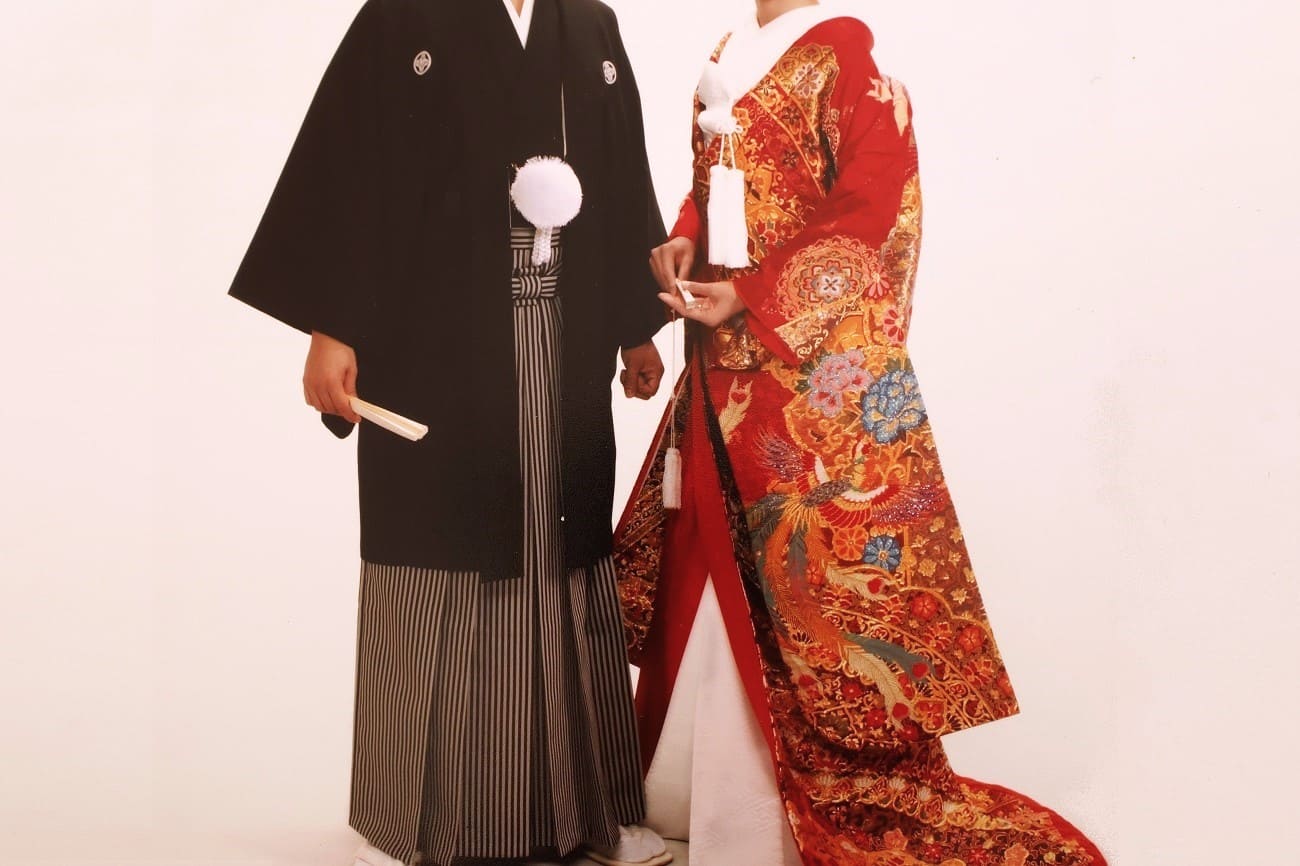




Comments